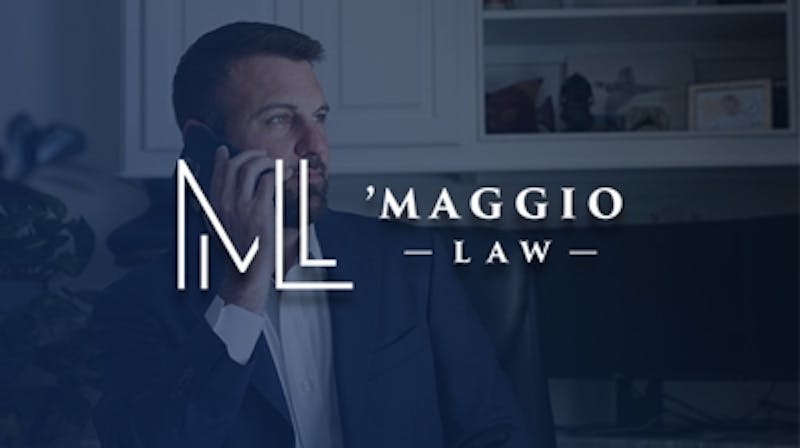
Many people have found themselves in the unfortunate situation of being injured while on someone else’s property. Often, the legal process and system can appear daunting and might overwhelm the injured person. After such a jolting accident, it’s important for you to understand what courses of action are available to you concerning legal recourse. Many times, this includes filing a lawsuit against the liable party seeking restitution.
Possible Defenses
Understanding the bevy of possible defenses open for the liable party to use in court can be extremely beneficial for you; think of it as competitive research.
- Negligence: this defense involves the entity you’re suing claiming they are not responsible for your injury because you were negligent. Of course, this has to be proven, so as long as the facts align with your story, you won’t have to worry much about having negligence assigned to you.
- Trespassing: as you can expect, if you were to trespass on private before subsequently getting injured, there is a high likelihood your case will get thrown out quickly.
People lie in court, especially when they are in the wrong. Adjust your case as appropriate to prepare to see these defenses appear regardless of if they reflect the truth or not.
Vitality of Evidence
As with any other case being adjudicated, the presence of evidence is crucial to winning. In civil cases, this is known as exhibiting a preponderance of evidence. Without it, either the judge or jury (depending on the suit), will likely decide in favor of the defendant.
You must present accurate evidence of your injury and the cause of it in a convincing way. The injury you’ve incurred is evidence in itself. Plaintiffs in property liability cases must also prove he or she sustained said injury on the defendant’s property. This can be achieved with photo and video evidence, eye-witnesses, et cetera. Then, after the individual the suit is filed against is proven to be the actual owner of the property, the plaintiff must demonstrate why the property owner is at fault; how the injury in question was the result of preventable conditions facilitated by the defendant.
Arguments to Use
There are two primary ways a property owner could be at fault for someone’s injury. However, as mentioned previously, they must be proven via court-admissible evidence to be used.
- Unsafe Environment: if the property you are in physical contact with is intrinsically unsafe, and negligence on your end is not present, this will abet your case.
- Negligence of Defendant: if the defendant failed to provide appropriate security for you, for example, he or she is in the wrong, legally speaking.

